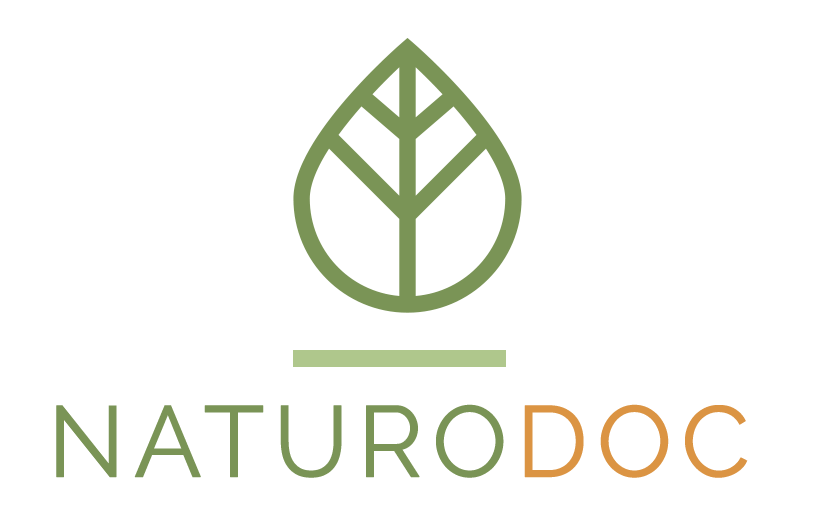Treat Cardiovascular Damage with EDTA
By Dr. Thomas S. Lee, NMD
An effective detoxifier of the cardiovascular system is sublingual EDTA. Chelation therapy has been respected nationally by holistic cardiologists for many years. That procedure uses EDTA and nutrient minerals in an IV drip given several times weekly for 1-2 months. Why we advocate a sublingual dose used by the patient is for the following reasons.
Sublingual use of EDTA is far more affordable, and can be used at slower and lowered doses at home. Using EDTA this way is by taking the powder under the tongue and mixing it with saliva for a few minutes. In saliva more of it gets absorbed into the blood than if it is taken as an oral pill or suppository. Sublingual absorption of not as effective as an intravenous (IV) drip, but approximately 40-50 percent of this EDTA gets into the blood through the mucous membranes of the mouth and throat.
Benefits in cost and convenience of sublingual EDTA are significant. The standard protocol for certified IV chelation therapy consists of three sessions, each of which takes about three hours every week. This puts about 9 grams of EDTA into the bloodstream per week. A typical cardiovascular repair strategy is to have three sessions a week for 2-3 months. This costs between $260-320 per week, varied by clinic charges. The treatments take over 9 hours in your doctor’s office each week as well. This therapy is rarely covered by insurance Even at that cost and fuss, this therapy is far safer and more affordable than most emergency heart operations.
If you are being advised to have heart surgery, be sure to get an alternate opinion on chelation therapy. For those who can’t afford the time and money of IV chelation but who do value its preventive medical benefits, consider a simple scoop of this powder held under the tongue twice a day. That 14 grams a week gets 8-1/2 grams of EDTA into your bloodstream, at a fraction of the cost of IV chelation therapy.
